"Keep it simple, stupid," or K.I.S.S, an acronym coined by the U.S. Navy in the ’60s, is paramount in creating a successful Valentine’s Day campaign.
Shooting for the stars and trying to create a campaign that will break the internet is of course admirable, but not always attainable.
A simple Valentine's Day campaign done right is sure to strengthen your overall eCommerce strategy.
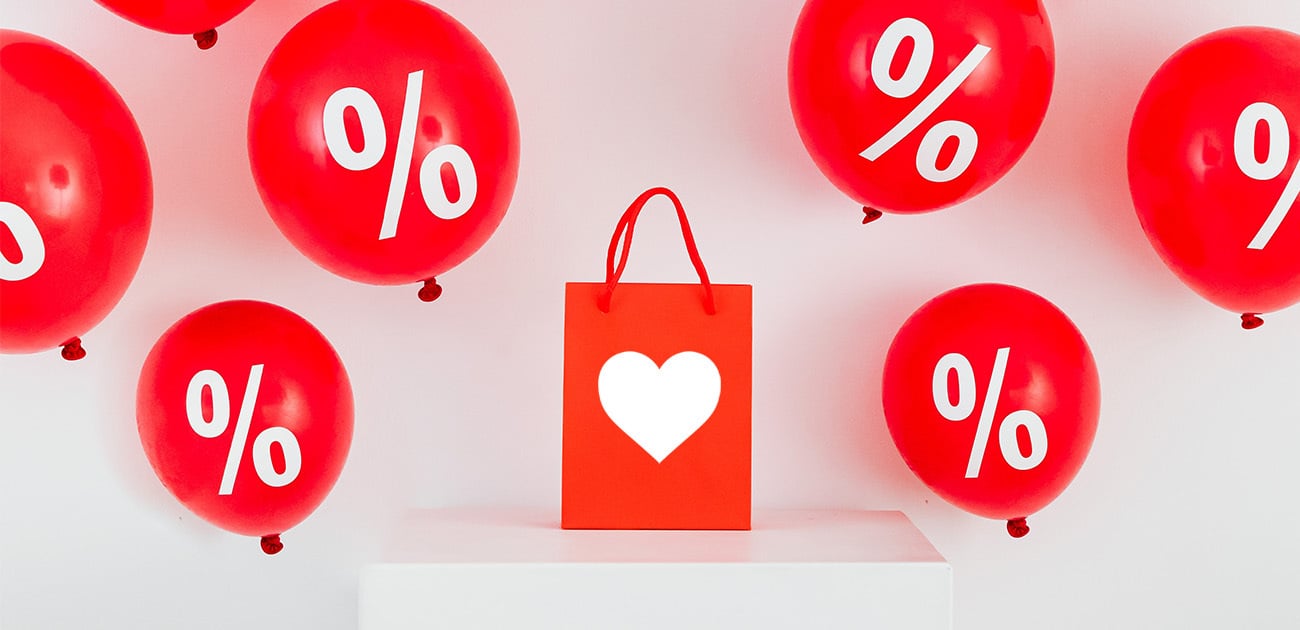
Steal these 5 tips for your Valentine's Day campaign
Valentine’s Day is one of the largest consumer holidays around the world.
In this article, we'll be covering 5 tips to help increase engagement and sales during your Valentine’s Day campaign.
These tips and tricks will help you
- boost sales
- identify and segment shoppers
- create interactive content that your customers will love.
Let’s get into it!
1. Reuse, reduce, repurpose...past holiday campaigns
There’s no shame in going back to the well. Go with what you know works already.
Valentine’s Day is known as a time to show your significant other how much they mean to you.
However, don’t be fooled!
Just because it’s a different holiday with different themes, doesn’t mean you can’t bring back the core messaging, strategy, and promotions.
Nearly half of Valentine's Day spending is spent on family, colleagues and friends. It is important that your Valentine’s Day messaging also incorporates platonic gestures of love – not just romantic.
For example, you can use your past Christmas campaign as a benchmark.
Reflect on past campaigns with questions like:
- Did you like your holiday landing page set-up?
- Did you have a high click-through rate on your discount pop-ups?
- Were your bundles of 2 or 3 items selling quickly?
These are all things you can repurpose and slightly adjust to meet the needs of your new Valentine’s Day campaign.
Here’s a fun fact, in Finland, Valentine’s Day (ystävänpäivä) directly translates to Friend’s Day.
2. Avoid one-sided love with customer targeting
Ensure you’re putting time and effort into attracting the right sort of customers, not just putting up flags hoping someone will take pity on you.
There’s no doubt you understand your customers and all variations of their buying personas. However, for Valentine’s Day, keep in mind to target the most relevant part of your campaign to the right customers.
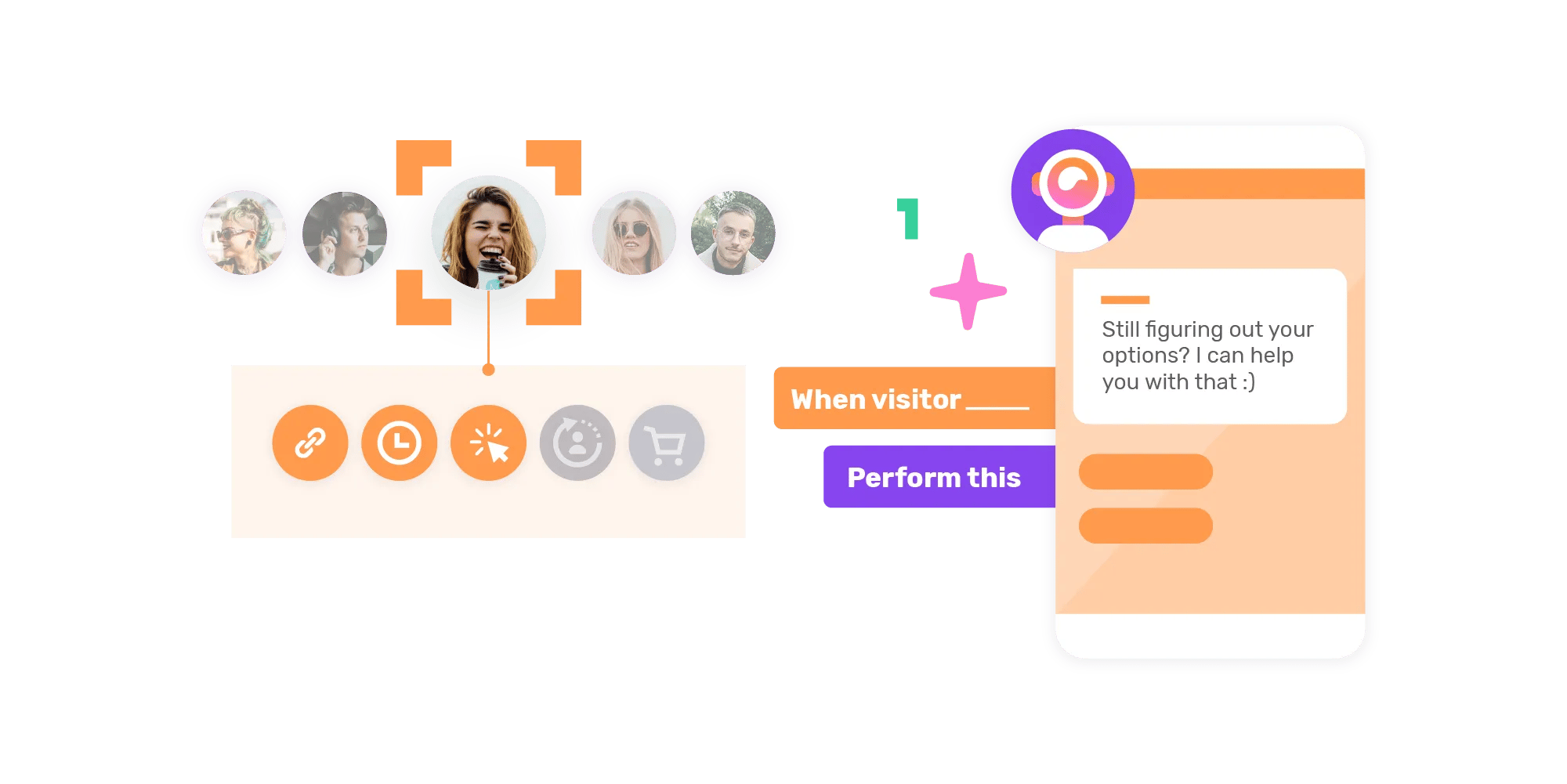
To help with this, try putting yourself in the shoes of your customer by thinking of different types of customer journeys and how these journeys differ for different types of customers. Think of interactions you as a customer would appreciate!
Here are three common types of Valentine’s Day shoppers. Understanding each one of these archetypes will help you better understand how to engage different types of Valentine’s Day shoppers, leading to more conversions on your site!
- The Perfect Peter: This type of person plans ages in advance. Perfect Peter has high expectations and is prepared to go above and beyond to find the right gift. However, he is no less susceptible to special Valentine’s Day offers and promotions.
- On-The-Go Joe: Joe doesn’t mind visiting 10’s different stores or locations until he finds the perfect gift. This type of buyer is ready to go the extra mile to find the right gift, searching online, as well as in physical brick-and-mortar stores.
- Scatterbrain Jane: We all might have experienced being this type of buyer. Completely forgetting about the special day and making a last-minute attempt to buy something clearly states that a lot of time and effort went into the purchase.
There are certain factors you can understand from these buying personas that will benefit your Valentine's Day campaign.
For a Perfect Peter, you might want to have a banner with your current deals on your home page.
For an on-the-go Joe, you may want to offer a live chat personal assistant after they’ve visited 3 different pages on your website.
For a scatterbrain Jane, you may want to curate a bundle offer and promote it with an option within a chatbot.
The variations are plentiful, but understanding at least these three different buying personas will get you a long way!
3. Give them multi-purchase deals!
Multi-purchase deals are the best thing since sliced bread.
Examples of multi-purchase deals are “2 for 1” or “Buy 2 and get 1 free” sales. Marketers and retailers love these types of sales promotions.
These types of “buy one, get one free” deals make up 80% of promotions. Almost all shoppers have used “Buy One, Get One Free” type deals, and 66% say it is their favourite type of deal.
Offers like this help you offload surplus low-margin stock under the veil of doing something for the customer.
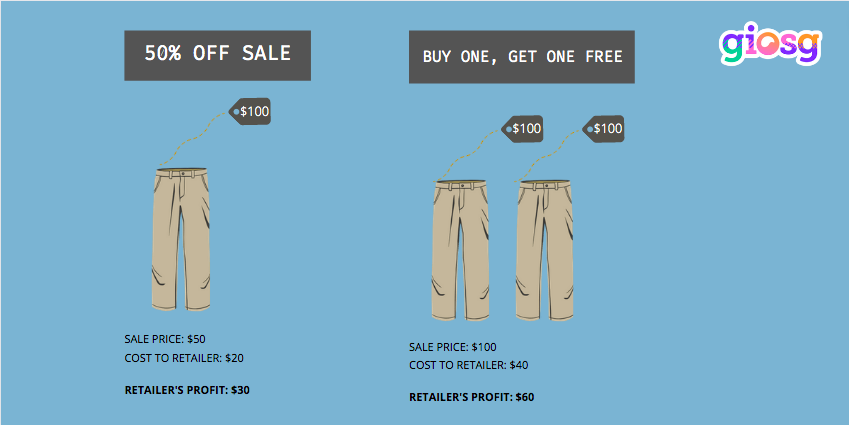
Alternatively, you could offer percentage sales as well as free shipping!
Remember to only offer multi-purchase deals on items that you can afford to.
These are the types of deals that you want your customers to see first when visiting your webpage.
You can go a step further, by directing customers to a Valentine’s Day landing page that has your specially curated deals and items for Valentine’s Day shoppers.
This will help streamline customers to your Valentine’s Day deal but more importantly, they won’t spend time aimlessly browsing your website in search of the right deal. At some point, most customers will just give up and move on before they find the deal they’re looking for.
4. Incentivise buyers from the first click
Make it clear to the customer from the beginning, why they should shop on your platform!
Hate to break it to you but the fact that Valentine’s Day is coming up is no guarantee that your website will be flooded with new visitors or even old ones for that matter.
Chances are other retailers are going all out for the special day. This means customers are looking for a bit more than a “10% discount on selected items”.
Generic discounts like this often struggle to motivate anyone to purchase.
Here are some creative ways to give people a reason to stay on your landing page:
Limited-time discounts
Tried and tested, this strategy has been used over and over for good reason – it works! Consumer behaviour studies support the fact that limited-time promotions accelerate purchases, whereas promotions of longer duration (time-independent), such as manufacturer's coupons, have no such impact.
If you as a seller can incite any type of FOMO (fear of missing out) you’re in for a successful campaign. You can also utilise things such as newsletters to let customers know about limited-time offers.
Incorporate mystery codes
Mystery codes conceal how much of a total discount a customer will receive until checkout.
The reason why these are so effective is that the discount is revealed only at the end of the customer journey which gives shoppers a stronger motivation to proceed to the checkout.
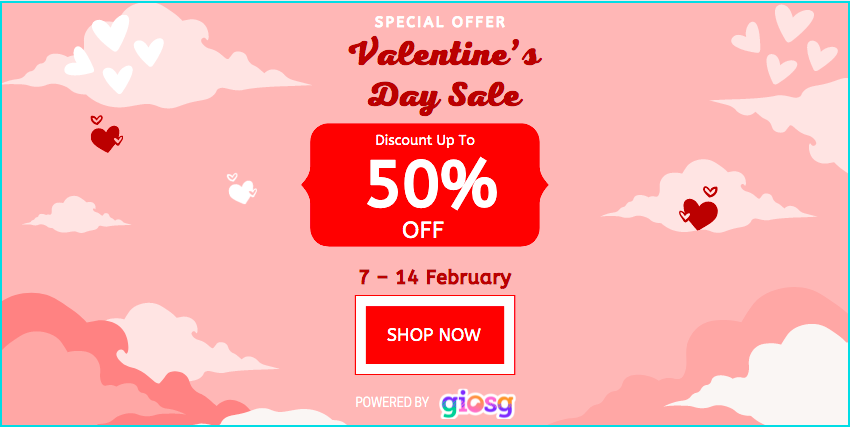
5. Make Valentine’s Day bundles!
Combine the best-selling and highest-margin items to make Valentine’s Day-themed bundles.
Make sure that the bundles are not only themed but complementary.
As a consumer, it is more logical to buy more if you know that the items will be used together.
This helps uncertain shoppers decide what they should gift that special someone on Valentine's Day.
We all know guys could use the help!
Making a “For Her” and “For Him” section on your landing page might be worth testing out.
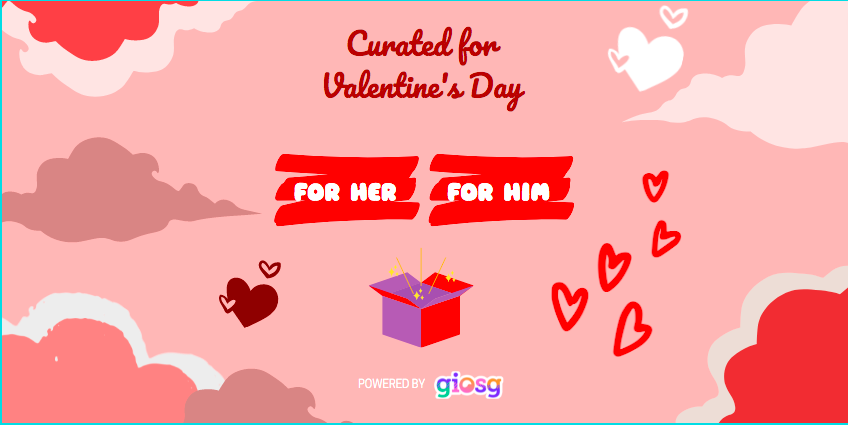
Tie it up nicely and put a bow on your Valentine’s Day campaign
Even if you can only implement a few of these strategies in time for Valentine’s Day, you are certainly headed in the right direction for a more impactful holiday campaign.
Chatbots and pop-ups will be vital tools to use for a meaningful and memorable campaign.
These solutions make interacting with customers easy, thus streamlining casual visitors into converted customers!
Looking for a soulmate to help with engaging Valentine’s Day interactions? Book a demo with us to see how interactive content can enhance your campaigns!